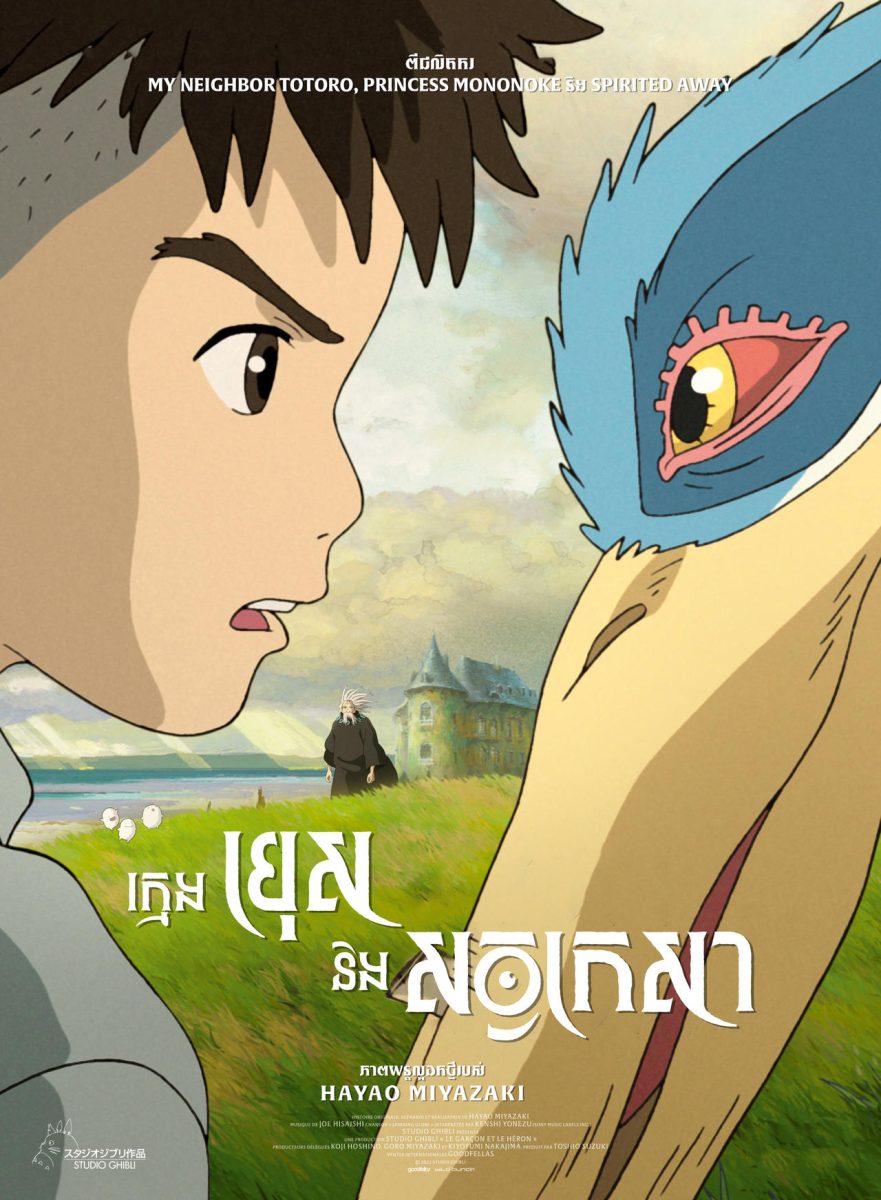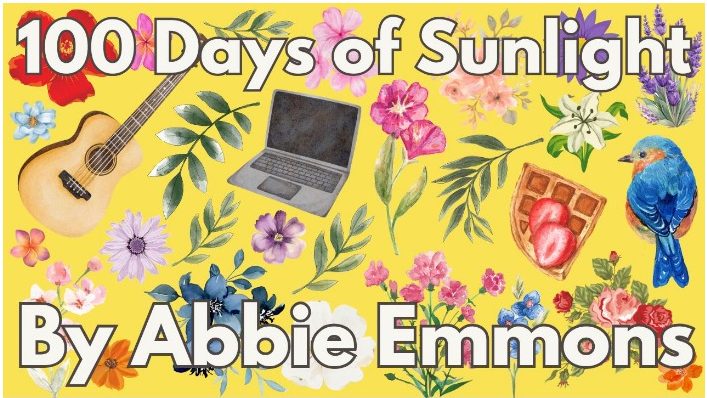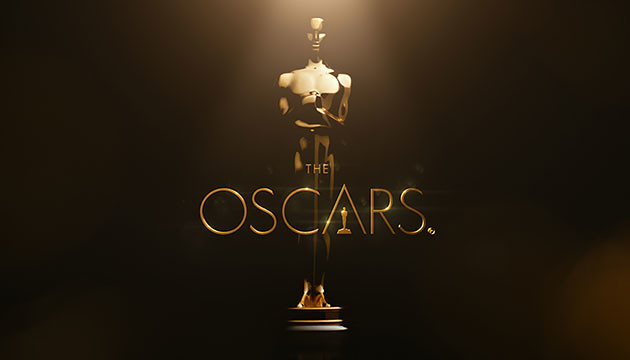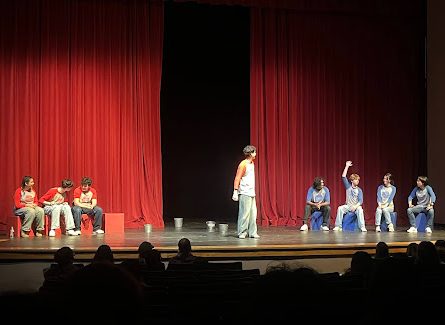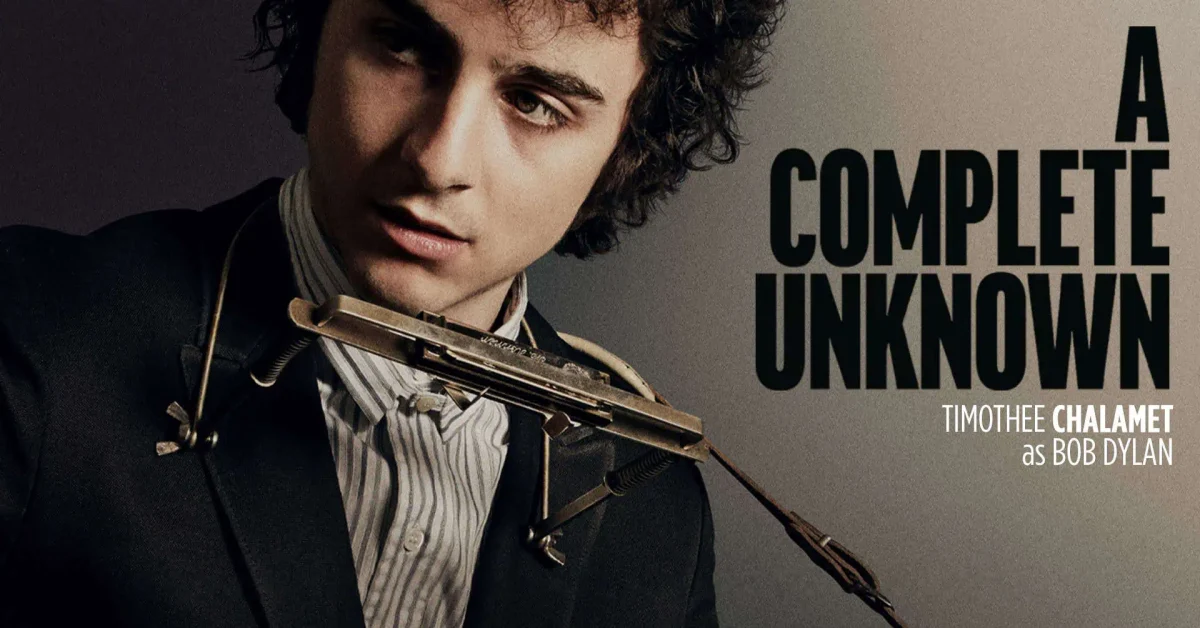“This was my world. It was beautiful and messy and tragic and silly. It can not last. Now go make your own.” – Hayao Miyazaki, “The Boy and the Heron”
On Dec. 8, Studio Ghibli released “The Boy and the Heron” in the United States, alternatively known as “How Do You Live?” in the Japanese title. This mesmerizing and mystifying film is a semi-autobiographical reflection on the life and career of Hayao Miyazaki, a celebrated animator and storyteller. Recently awarded the prestigious Golden Globe Award for Best Animated Feature of 2023, the movie explores themes of grief and the inevitable changes one faces in life.
The story follows Mahito, a young boy mourning his mother’s death during the firebombing of Tokyo in World War II. He moves from the city to a rural village to live with his distant father. While battling his grief and loneliness, he encounters a talking heron who becomes his unlikely guide into a fantastical realm created by his great uncle. Spurred on by the prospect of finding his mother again, Mahito must navigate this whimsical world to return home, learning to accept his circumstances and balance memories of the past with hope for the future.
First and foremost, it must be said that this film is not for everyone. It may be one of the most polarizing films Studio Ghibli has ever released. It follows the trend of Ghibli movies having an almost nonsensical plot at times that can make it disengaging and confounding to watch. However, the plot and structure are not what is at the heart of the story; instead, it is driven mainly by the underlying themes and hidden meanings that Miyazaki is trying to convey with this final masterpiece. Though the plot may seem ludicrous and strangely paced, the film compensates for this with its visual appearance, deeper story and messages for the audience.
One of the first things viewers notice when watching the film is the inarguably gorgeous visuals and animation sequences. The fact that the movie is likely one of the most expensive in Japan’s history becomes evident after looking at some scenes. The scenes are undeniably beautiful and imbued with depth that pulls you into the film’s imaginative world, perfectly balancing Ghibli’s characteristic style with surreal and dreamlike imagery. The animation skillfully conveys a spectrum of tones and emotions, depicting grief, hope, horror and familial warmth throughout the movie.
Beyond being visually stunning, the animation furthers the plot and deeper meaning beneath the narrative. Miyazaki includes numerous references to his old films, emphasizing the autobiographical aspect of the film. Some may call this aesthetic choice lazy, but it reflects the highs of his storytelling career and the tragic aspect of not finding a suitable successor for Studio Ghibli.
“The Boy and the Heron” tells parts of Miyazaki’s life story beautifully, reflecting on the highs of his career while subtly passing the torch to the viewers. The film serves as a love letter to his past works, urging audiences to continue the legacy. Viewers must continue to forge ahead and create things with genuine passion and enthusiasm.
Ultimately, “The Boy and the Heron” is not for everyone. It is slow-burning and introspective, inviting reflection and personal interpretation. For those seeking a visually stunning and emotionally resonant journey through acceptance and change within Miyazaki’s imagination, this last offering will prove an unforgettable cinematic experience. As Mahito manages his emotions and Miyazaki urges viewers to continue with sincerity and heart, the film prompts its audience to ponder: how do you live?



